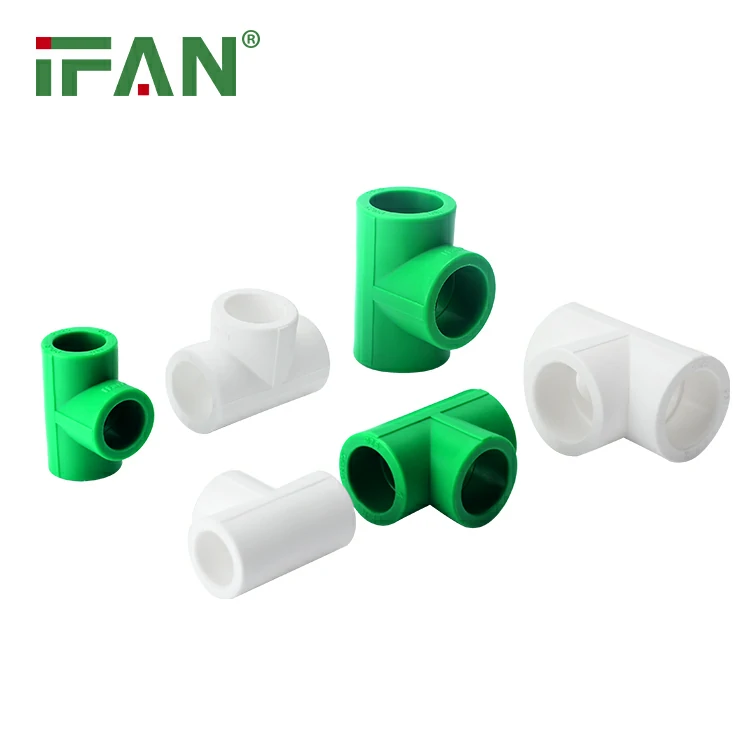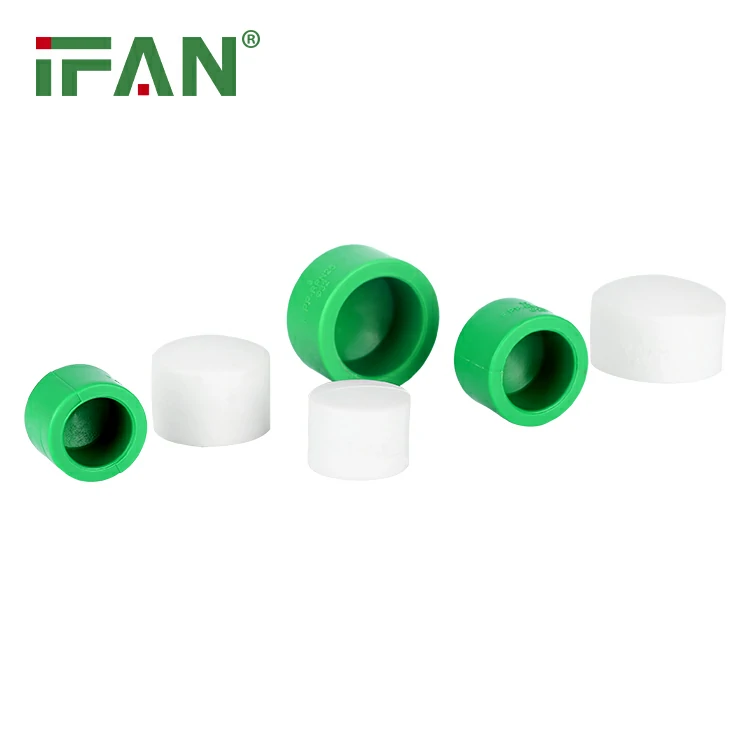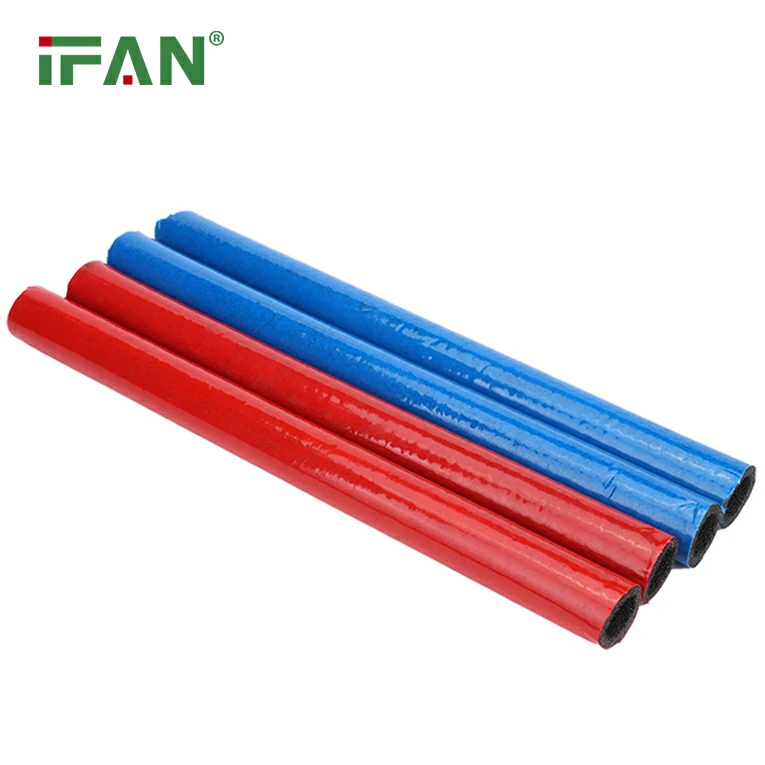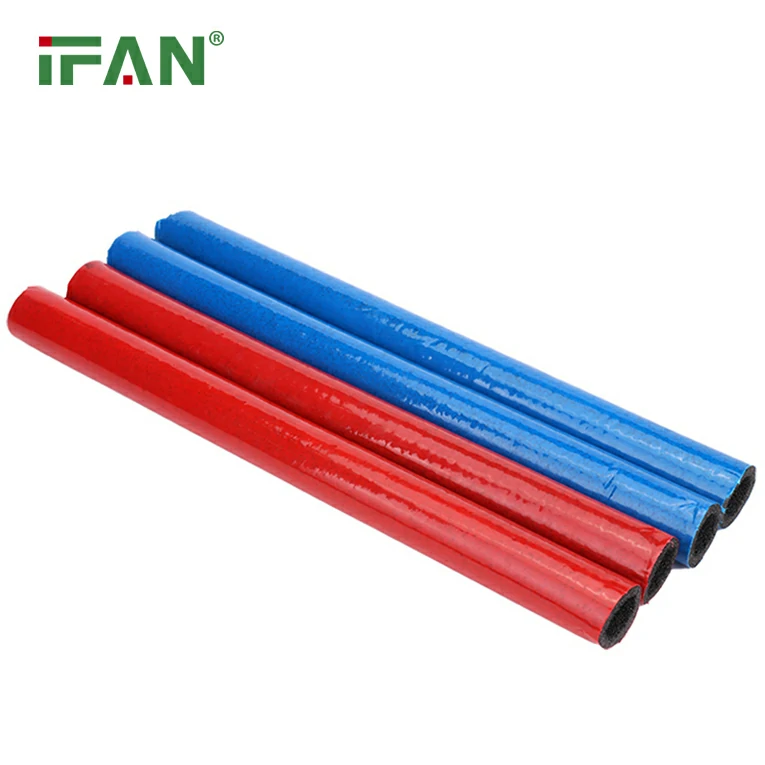PEX piping has become a staple in modern plumbing systems due to its flexibility, cost-effectiveness, and resistance to corrosion. Its popularity continues to grow, particularly in residential and commercial installations, as it offers several advantages over traditional materials like copper and PVC. However, as with any technology, PEX piping is not without its issues. In recent years, many plumbers have begun raising concerns about PEX piping problems that could lead to significant issues in the long term.
In this article, we will dive into some of the most common problems with PEX piping, the potential causes behind these issues, and what homeowners and contractors need to know to prevent them. We’ll also discuss how PEX fittings play a crucial role in mitigating these issues and ensuring the longevity of your plumbing system.
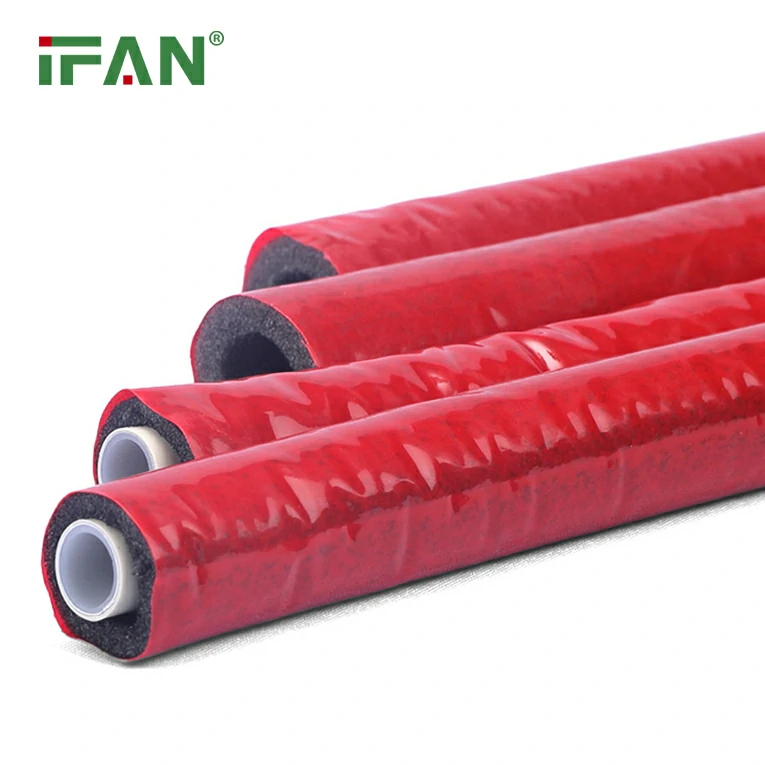
What Is PEX Piping?
Before discussing the potential problems, let’s quickly review what PEX piping is and why it has become so widely used.
PEX stands for cross-linked polyethylene, a type of plastic tubing that is used in plumbing systems. Unlike rigid pipes, PEX piping is highly flexible, which makes it easy to install, especially in tight or hard-to-reach spaces. It is also resistant to corrosion, freezing, and scaling, making it a durable option for both residential and commercial plumbing systems.
Additionally, PEX fittings are used to connect PEX pipes to one another or to other types of piping systems, such as copper or PVC. These fittings can be crimped, clamped, or pushed onto PEX pipes, depending on the installation method.
The Advantages of PEX Piping
While PEX piping has its advantages, such as easier installation and long-term durability, these benefits can sometimes be overshadowed by certain problems that can arise. Some of the key advantages include:
- Flexibility: PEX is easy to bend around corners, reducing the need for additional fittings.
- Cost-Effectiveness: PEX is more affordable than copper and other traditional plumbing materials.
- Durability: It resists corrosion, scale buildup, and mineral deposits.
- Fewer Connections: Because PEX is flexible, fewer fittings are needed, reducing the potential for leaks.
However, as plumbing professionals will tell you, PEX piping does have some issues that can cause headaches if not properly managed.
Common Problems with PEX Piping
1. PEX Leaks
One of the most significant issues reported by plumbers is PEX pipe leaks. While PEX piping is generally resistant to leaks, improper installation, poor-quality fittings, or damage to the pipe itself can result in leaks over time.
- Poor-quality fittings: If PEX fittings are not installed correctly or are of subpar quality, they may not create a proper seal, which can lead to leaks.
- Improper crimping: When using crimp fittings, PEX pipes need to be correctly crimped to ensure a tight connection. An incorrectly crimped pipe can lead to leaks.
- Damaged pipes: PEX is durable, but it is not immune to physical damage. If the pipes are exposed to sharp objects, excessive pressure, or freezing temperatures, they may crack or leak.
Solution: Ensure that high-quality PEX fittings are used and that installation is performed by an experienced plumber. Regular maintenance and inspection are also essential to catch any potential leaks early.
2. Oxygen Permeation
Oxygen permeation is another problem associated with PEX piping, particularly when it comes to PEX-A systems. PEX-A is more flexible and durable but has a higher oxygen transmission rate than other types of PEX pipes.
When PEX piping allows oxygen to permeate through the walls of the pipe, it can lead to a variety of issues:
- Corrosion of metal components: If PEX piping is connected to metal components, such as brass or copper, the oxygen that permeates the pipe can cause corrosion. This can significantly reduce the lifespan of your plumbing system.
- Microbial growth: The oxygen that enters the system can promote the growth of bacteria, which could affect the water quality.
Solution: To prevent oxygen permeation, PEX-A pipes should be used with an oxygen barrier. Alternatively, PEX-B and PEX-C are less likely to allow oxygen to permeate, making them better suited for systems where metal components are involved.
3. UV Sensitivity
Although PEX piping is resistant to many environmental factors, it is highly sensitive to ultraviolet (UV) light. Exposure to direct sunlight can degrade PEX piping over time, causing it to become brittle and prone to cracks.
- Outdoor installations: If PEX piping is used for outdoor plumbing applications without UV protection, the material can break down when exposed to sunlight.
- Storage issues: PEX pipes that are stored improperly, such as in direct sunlight or without proper covering, can deteriorate before even being installed.
Solution: To avoid UV damage, PEX piping should be kept away from direct sunlight during installation and storage. If you must use PEX piping in an area where it will be exposed to sunlight, make sure it is properly protected with a UV-resistant coating or insulation.
4. Freezing and Burst Pipes
Although PEX pipes are often praised for their resistance to freezing, it’s not a guarantee that PEX will never freeze or burst under extreme conditions. If PEX piping is left exposed to very cold temperatures, it can still freeze. However, unlike rigid piping, PEX is more flexible and can expand slightly when frozen, reducing the risk of bursting.
- Improper installation: If PEX pipes are installed incorrectly, such as in areas without proper insulation or protection from the elements, they may still freeze and crack under severe conditions.
- Long periods of freezing: In extreme cold, PEX pipes can still crack if left frozen for extended periods.
Solution: Proper insulation of PEX piping and installation in areas where the pipes will not be exposed to freezing temperatures is critical. If you live in an area with harsh winters, take extra precautions to protect your PEX system from freezing.
5. Chemical Sensitivity
PEX piping is resistant to many types of chemicals, but it is still sensitive to certain substances. For example, PEX can degrade when exposed to chlorine or other harsh chemicals commonly found in some water supplies.
- Chemical exposure: Long-term exposure to chlorinated water or other chemicals can weaken the pipe material, leading to potential failures.
Solution: For areas with high chlorine content in the water supply, consider using PEX with a higher chlorine resistance or lining the pipes with materials that protect them from chemical exposure.
How to Prevent PEX Piping Problems
To avoid common PEX piping problems, consider the following best practices:
- Use high-quality PEX fittings and installation tools: Proper fittings and tools are crucial for ensuring that your PEX system is leak-free and reliable. Always choose high-quality products and ensure that they are installed correctly.
- Opt for UV-resistant materials: Ensure that PEX pipes are stored and installed away from direct sunlight, or choose PEX systems designed to withstand UV exposure.
- Use the right type of PEX for your application: If your system involves metal components, choose PEX-B or PEX-C instead of PEX-A to prevent oxygen permeation.
- Insulate your pipes: Proper insulation is key to preventing freezing, especially in colder climates.
- Regular maintenance: Inspect your PEX pipes and fittings regularly to identify potential issues before they become major problems.
Conclusion
While PEX piping is an excellent solution for modern plumbing systems, it is not without its potential problems. By understanding the common issues associated with PEX pipes and PEX fittings, homeowners and contractors can take steps to prevent these problems from arising. Proper installation, regular maintenance, and the use of high-quality materials are essential for ensuring the longevity and reliability of your PEX plumbing system.
In conclusion, PEX piping remains a highly viable option for plumbing systems, but it’s important to be aware of the potential pitfalls and take proactive steps to avoid them. Whether you are dealing with leaks, UV sensitivity, or freezing pipes, addressing these concerns early can save you time and money in the long run.
Frequently Asked Questions (FAQs)
1. Can PEX pipes freeze in cold weather?
Yes, PEX pipes can freeze if exposed to extreme cold. However, they are more flexible than other pipes and can expand slightly, reducing the risk of bursting. Proper insulation is essential to prevent freezing.
2. How long do PEX pipes last?
When installed correctly and maintained properly, PEX pipes can last up to 40-50 years. However, exposure to UV light and harsh chemicals can shorten their lifespan.
3. Are PEX pipes safe for drinking water?
Yes, PEX pipes are safe for drinking water and are NSF-certified for potable water applications. However, it is important to ensure that the pipes used are approved for use in drinking water systems.
4. Can PEX piping be used outdoors?
While PEX piping can be used outdoors, it should be protected from direct sunlight and extreme temperatures. UV exposure can degrade the material over time.
5. What should I do if I notice a leak in my PEX piping?
If you notice a leak in your PEX piping, it’s important to address it immediately. Shut off the water supply, inspect the leak, and replace any


